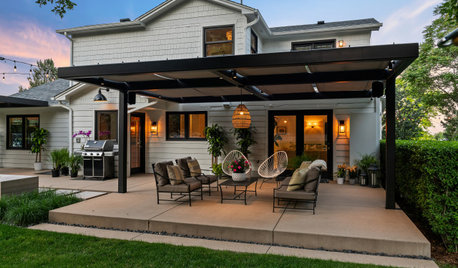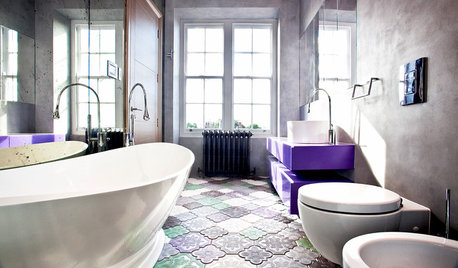Cost per hour to run new 3 ton, 14 SEER , heat pump
garyg
16 years ago
Featured Answer
Sort by:Oldest
Comments (21)
mr_havac
16 years agobrickeyee
16 years agoRelated Professionals
Moreno Valley Solar Energy Systems · Paramus Solar Energy Systems · Whitney Solar Energy Systems · Swansea Solar Energy Systems · Laguna Woods Solar Energy Systems · Inver Grove Heights Solar Energy Systems · Ashburn Home Automation & Home Media · Castle Rock Home Automation & Home Media · Centennial Home Automation & Home Media · Chattanooga Home Automation & Home Media · Coronado Home Automation & Home Media · Manhattan Beach Home Automation & Home Media · Waltham Home Automation & Home Media · Annandale Home Automation & Home Media · Mauldin Fireplacesmr_havac
16 years agogaryg
16 years agodon_b_1
16 years agomr_havac
16 years agoudarrell_2007
16 years agogaryg
16 years agodon_b_1
16 years agomr_havac
16 years agobrickeyee
16 years agomr_havac
16 years agoegor_sb
16 years agostm1
16 years agogooge
15 years agogaryg
15 years agosmallen
15 years agobrickeyee
15 years agozheng1975_comcast_net
13 years agoGrayson Mechanical
8 years agolast modified: 8 years ago
Related Stories

GREAT HOME PROJECTSHow to Add a Radiant Heat System
Enjoy comfy, consistent temperatures and maybe even energy savings with hydronic heating and cooling
Full Story
GREEN BUILDINGInsulation Basics: Heat, R-Value and the Building Envelope
Learn how heat moves through a home and the materials that can stop it, to make sure your insulation is as effective as you think
Full Story
BATHROOM DESIGNWarm Up Your Bathroom With Heated Floors
If your bathroom floor is leaving you cold, try warming up to an electric heating system
Full Story
FLOORSWhat to Ask When Considering Heated Floors
These questions can help you decide if radiant floor heating is right for you — and what your options are
Full Story
MONTHLY HOME CHECKLISTSSeptember Checklist for a Smooth-Running Home
Get ready to get cozy at home with snuggly blankets, well-stocked firewood, added insulation and more
Full Story
HOUSEKEEPING5 Steps to Improve Your Heating System Now
Increase your heater's efficiency and safety for lower energy bills and greater peace of mind this winter
Full Story
WORKING WITH PROSYour Guide to a Smooth-Running Construction Project
Find out how to save time, money and your sanity when building new or remodeling
Full Story
ORGANIZINGDo It for the Kids! A Few Routines Help a Home Run More Smoothly
Not a Naturally Organized person? These tips can help you tackle the onslaught of papers, meals, laundry — and even help you find your keys
Full Story
LIVING ROOMSNew This Week: 3 Sunrooms Straight Out of Our Dreams
Heated floors, comfy furniture and walls of windows make these recently uploaded sunrooms the places of our sun-drenched fantasies
Full Story
BATHROOM DESIGN14 Bathroom Design Ideas Expected to Be Big in 2015
Award-winning designers reveal the bathroom features they believe will emerge or stay strong in the years ahead
Full Story





garygOriginal Author